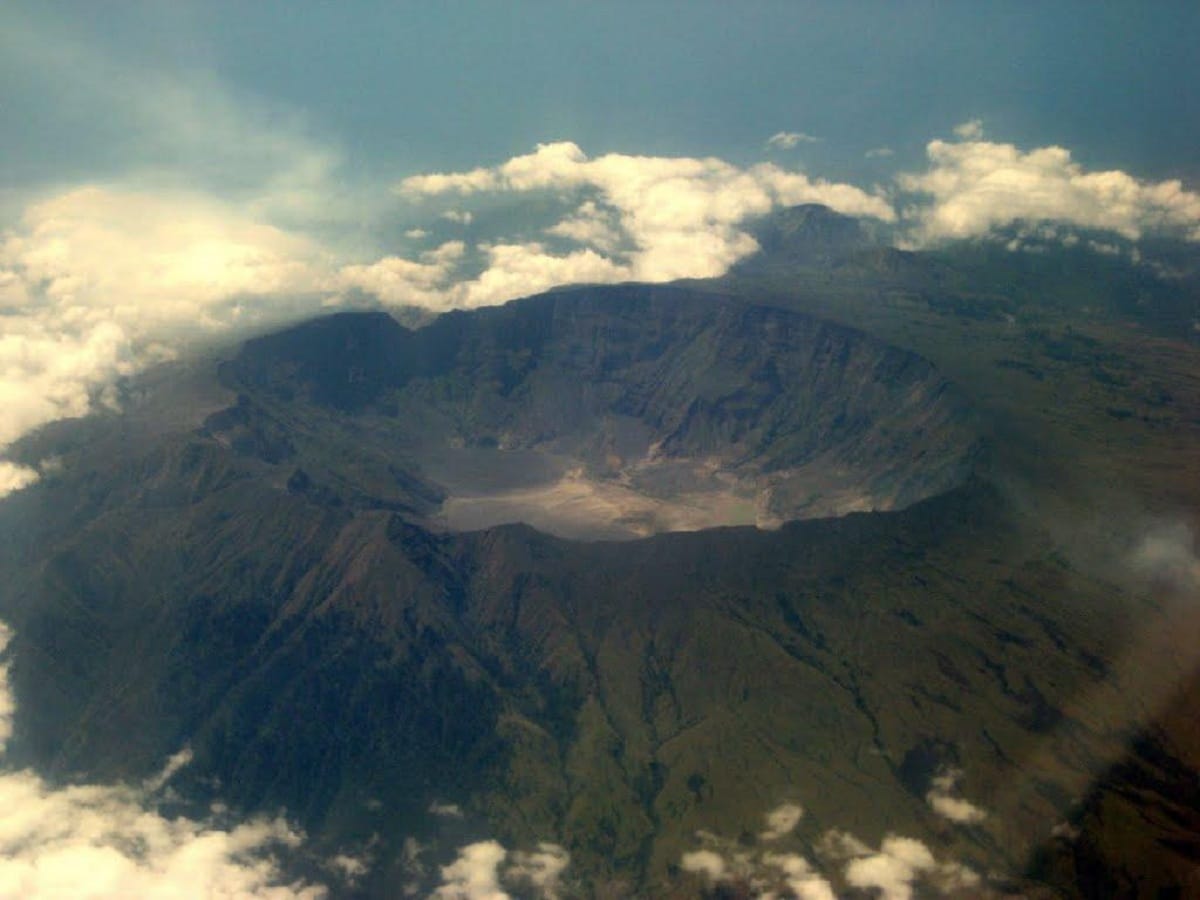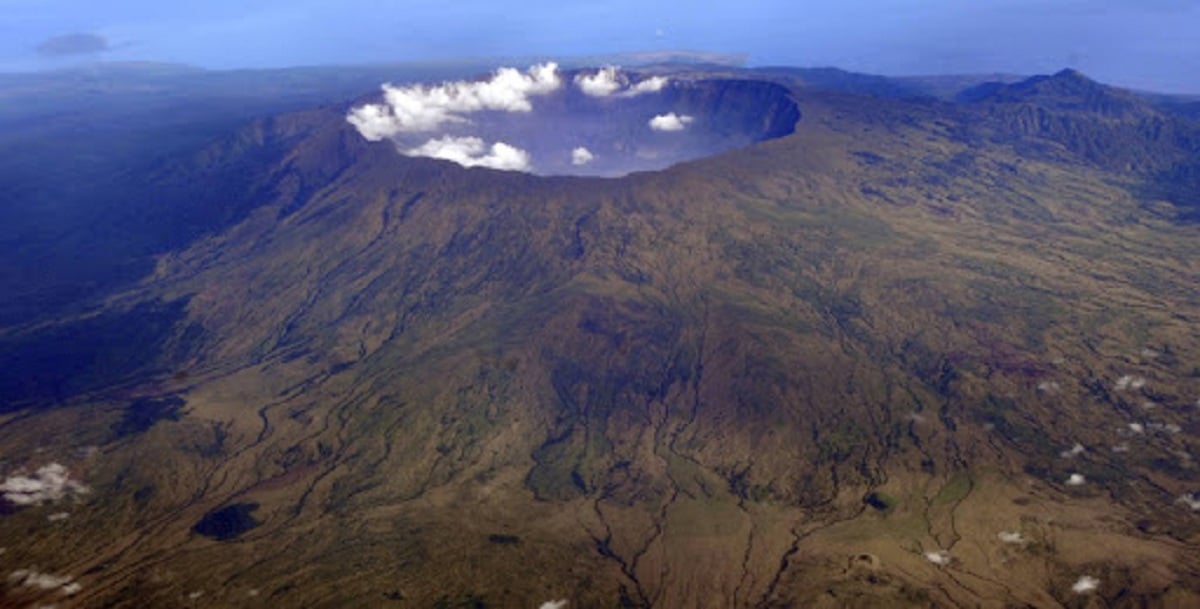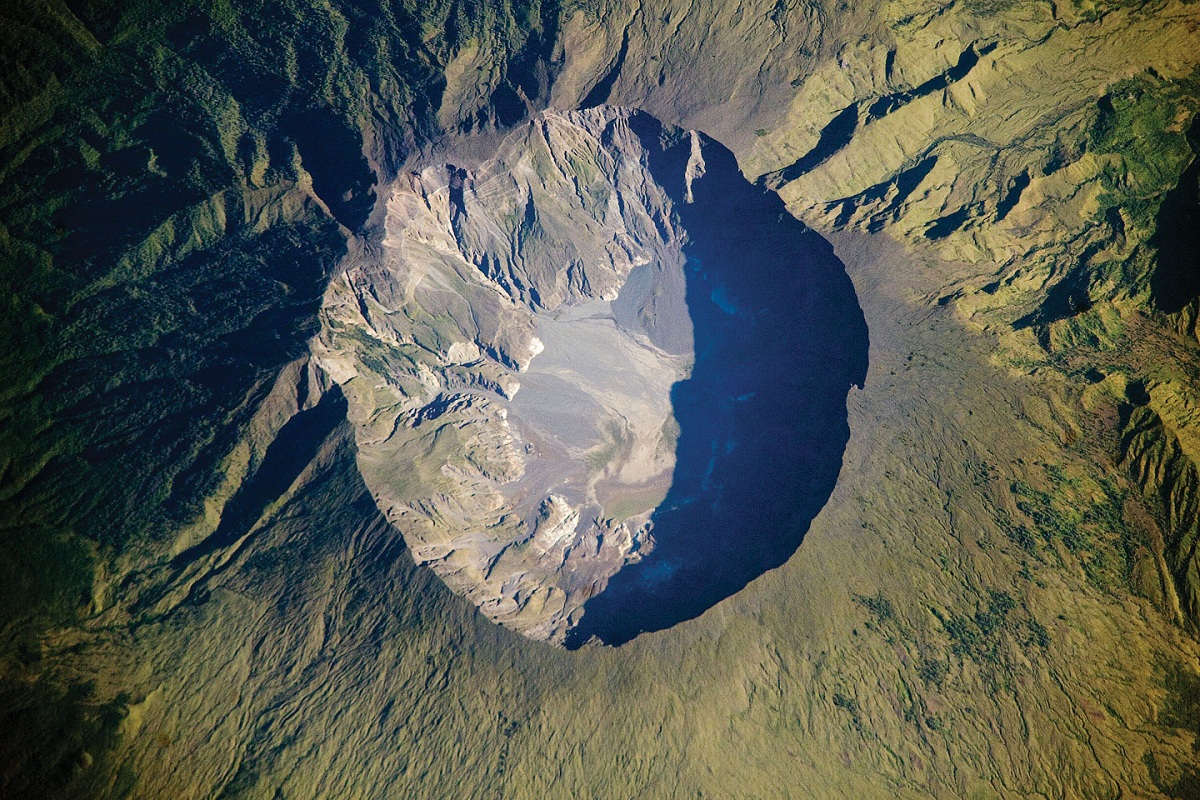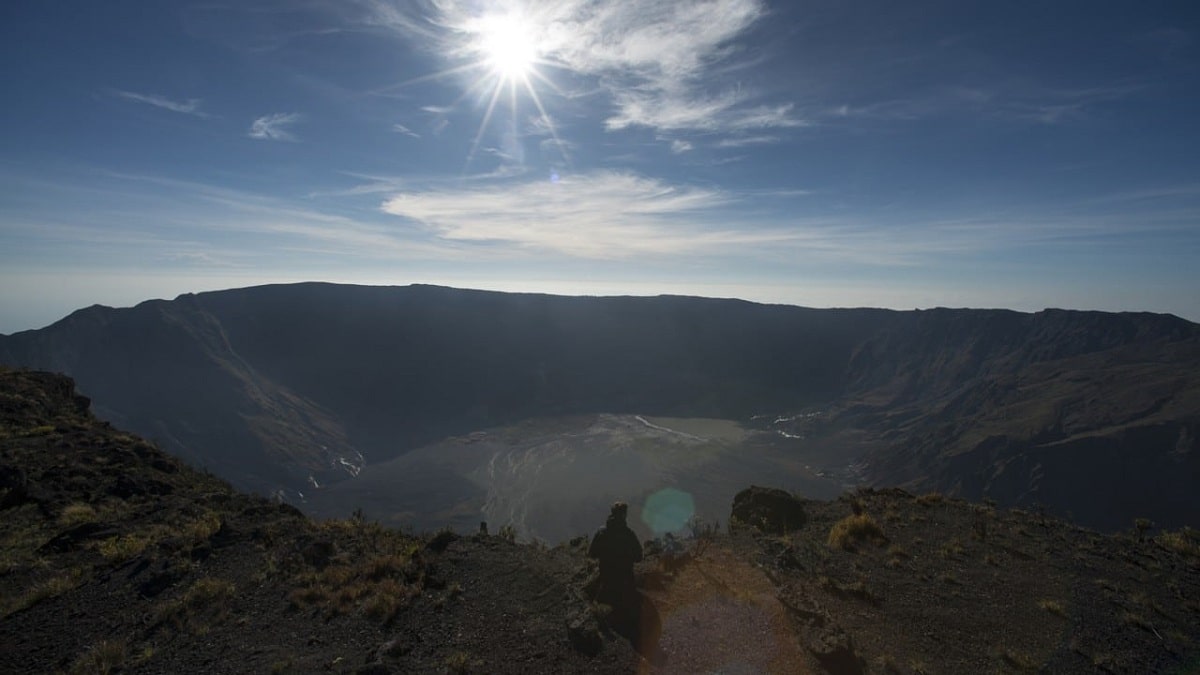
One of the volcanoes known to be of the stratovolcano type most famous in Indonesia for its great volcanic activity is the Drum. It has been one of the volcanoes with the highest activity recorded in the world up to this moment. That is why it is considered one of the most special volcanoes that exist. To learn more about this volcano, we are going to review its main characteristics, its formation and origin, its eruptions and the impact of climate change.
If you want to know more about the Tambora volcano, this is your post.
Key features

This volcano belongs to the group of stratovolcanoes. It means that it is composed of an imposing structure that is made up of a large amount of very strong minerals with eruptions classified as explosive. These eruptions occur periodically, so it can be considered a volcano that is always active. One piece of information that will make a big difference in determining your constitution is how tall you are. Although this height is only 2.850 meters above sea level, it is something too high to be a stratovolcano.
We must know that a volcanic caldera is a volcanic-type depression that occurs for various reasons. The main and most frequent reason is that the magma chamber sinks or shifts when the volcano is higher than the base can support. This makes this class of volcanoes have a large hole and you can see a kind of vacuum if you look from above.
The story lengthened it is known that the Tambora volcano it reached a height of 4300 meters above sea level. This makes it considered one of the highest peaks in all of Indonesia by the XNUMXth century. However, all of this changed when his magma chamber was filled. And it is that to be able to explain this we have to resort to the formation of the volcano.
Formation of the Tambora volcano

This volcano has become famous for a colossal type eruption as it is located in a subduction zone. A subduction zone is one where one plate sinks under another. We know that the volcano is located approximately about 340 kilometers from the Java Trench and about 190 kilometers above the plate tectonic subduction zone located below the Sumbawa Islands.
The movement of the plates was the one that induced a great pressure to be produced in the magma inside the earth. Having this great pressure, the magma looked for a way out. This is how many of the volcanoes end up forming. It is estimated that Tambora volcano's antiquity dates back to about 57.000 years ago and that began to form from the water flow deposits that hardened. This type of formation occurs mainly in stratovolcano-type volcanoes, also known as compound volcanoes.
About 43.000 years ago, a great caldera formed that reached a height of more than 4.000 meters. All this happened during the late Pleistocene epoch and was filled with water flow. Later, already in the early Holocene, there were several explosive eruptions that modified the morphology of the volcano. The most important known eruption of this volcano occurred in 1815. A radiocarbon dating is carried out that allowed it to enter the range of the most important eruptions in the entire historical context.
Tambora volcano eruptions

There is a record of 7 eruptions of the volcano, the most important being that of 1815. The history of eruptions of the Tambora volcano It dates back at least 50.000 years. 7 eruptions have been confirmed, the oldest being in 3.900 BC. More or less it is known that between one eruption and another there is an approximate difference of 5.000 years. In each eruption there are differences between the layers of lava flow that occur and their intensity.
Other more known and confirmed eruptions they happened in the year 3000 BC, in the year 1812, in 1819, although the most serious occurred in 1815. After a long period of inactivity by the volcano, the inhabitants of the lands surrounding the Tambora volcano were surprised by the succession of various earthquakes. They were also surprised to see the exhalations of steam and ash from the chimney of this stratovolcano. Although it had erupted, these citizens were not overly concerned as it was not too dangerous an eruption.
It was already April 5, 1815, when the worst happened. This day the volcano erupted with great violence and expelled pyroclastic flows. It is considered to be a type of explosive eruption and could be heard at a distance of 1.400 kilometers. Already the next day, volcanic ash fell in eastern Java and also caused loud noises as a result of the explosive activity. Five days later, one of the worst eruptions in history happened. It is one of the most violent eruptions in history, spewing up to 150 cubic kilometers of rock and ash reaching a distance of 1.300 kilometers to the northwest.
Such was the eruption and its damage that around 60.000 people lost their lives. This eruption is known as one of the worst since it was more intense than that of the Krakatoa volcano that occurred in 1883. In this type of eruption, the ejected material was about 100 times greater than that from this eruption. However, many people lost their lives and lava rivers completely engulfed the nearest poles and all farmland. The event caused the formation of the very large caldera that lasts to this day and has caused the volcano to lose a lot of height.
As you can see, this volcano is one of the most important in the world given the aggressiveness of the eruption that took place in 1815. I hope that with this information you can learn more about the Tambora volcano and its dangerous violent eruptions.